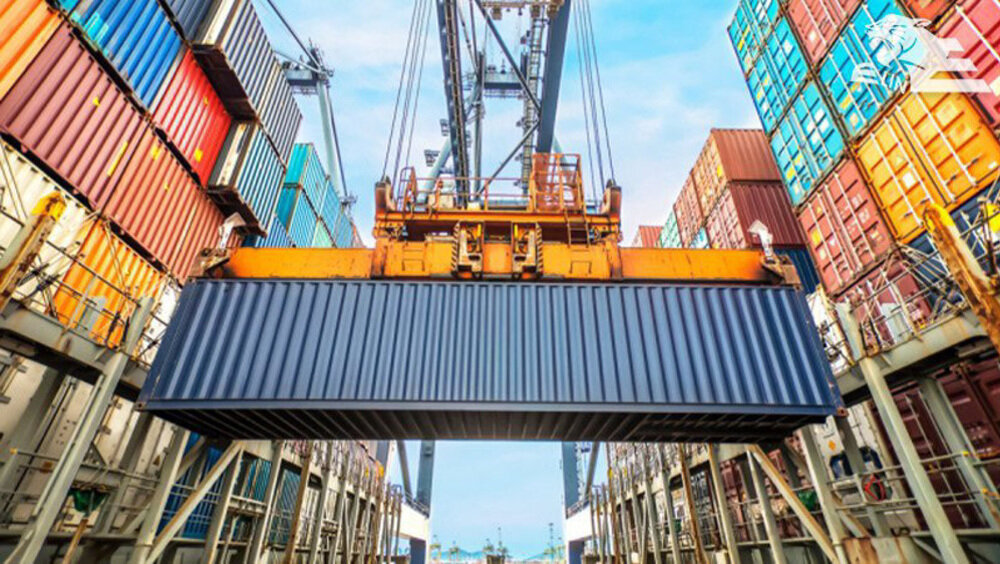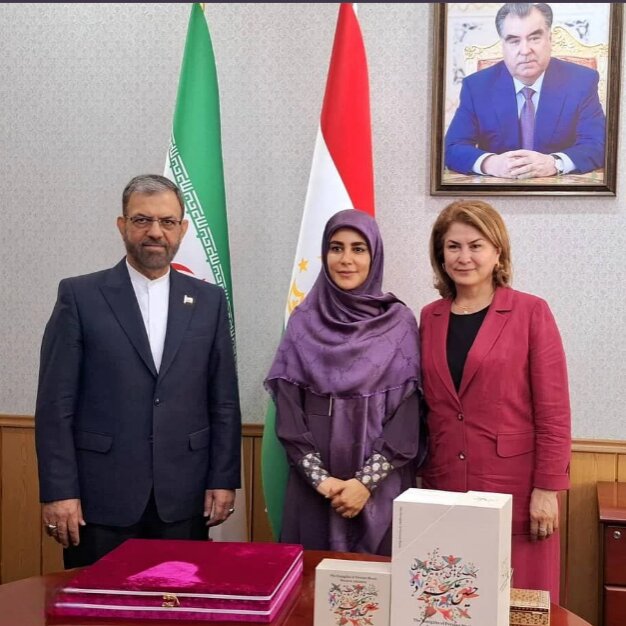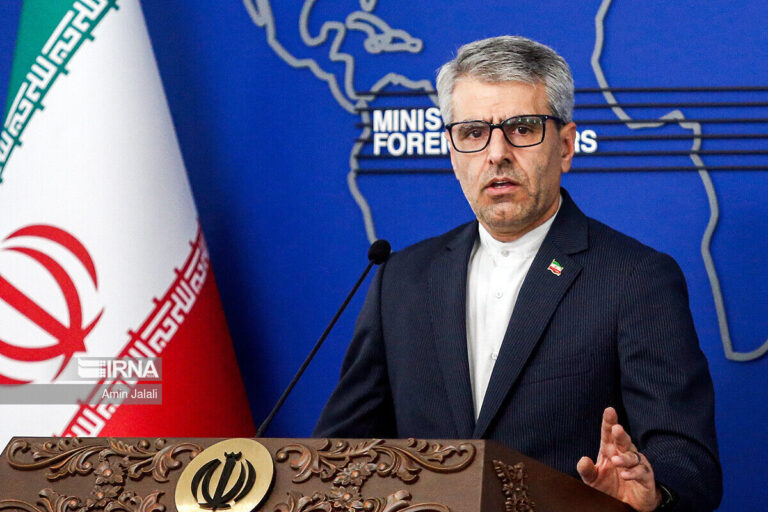Iran Achieves Impressive $86 Million Trade Surplus by Late April
Recent data from the Islamic Republic of Iran Customs Administration (IRICA) highlights a significant shift in Iran’s foreign trade landscape. As of April 20, the country’s foreign trade reached a total of $5.798 billion with a volume of 10.756 million metric tons (mt) in shipments. This report indicates changes in both the value and volume of trade compared to the previous year, marking an important moment in Iran’s economic activity.
The IRICA figures reveal a decline in both value and volume, specifically showing a 3% drop in value and a 12% decline in volume when compared to the same month in 2024. Notably, these figures exclude exports of crude oil, kerosene, and mazut, focusing instead on a broader range of non-oil goods.
In detail, Iran’s export activities for the month leading to late April amounted to approximately $2.942 billion, representing an increase of 8% year-on-year. On the other hand, imports into Iran totaled $2.856 billion, reflecting a modest decline of 2.3% from April 2024.
- Exports: $2.942 billion (up 8% year-on-year)
- Imports: $2.856 billion (down 2.3% from April 2024)
- Trade Deficit: $14.6 billion for the calendar year to March 20
The IRICA report further details the composition of Iran’s non-oil exports, noting that petrochemicals accounted for 15% of the volume and 20% of the total value in the first month of the current calendar year. The top export earners during this period included:
- Liquefied Propane
- Asphalt
- Liquefied Butane
Average earnings from export shipments stood at $328 per metric ton in April, representing a slight increase of 0.47% compared to April of the previous year. Conversely, the average value of import shipments was reported at $1,587 per metric ton, which is a substantial rise of 39% year-on-year.
Additionally, the IRICA highlighted a significant influx of gold imports in April, amounting to $583 million. This surge in gold imports is noteworthy, with total gold imports for the year surpassing $8 billion, contributing to a trade deficit of $14.6 billion for the period leading up to March 20.
As the data suggests, the Iranian trade environment faces challenges with fluctuating export and import values. The growth in non-oil exports, particularly in petrochemicals, showcases a potential area of strength, even amidst the broader economic challenges posed by declines in trade volume and value.
In summary, the recent statistics from IRICA provide a comprehensive overview of Iran’s trade dynamics, revealing both the strengths and vulnerabilities of the country’s economic landscape. Continued monitoring of these trends will be essential for understanding Iran’s future trade strategy and economic health.






